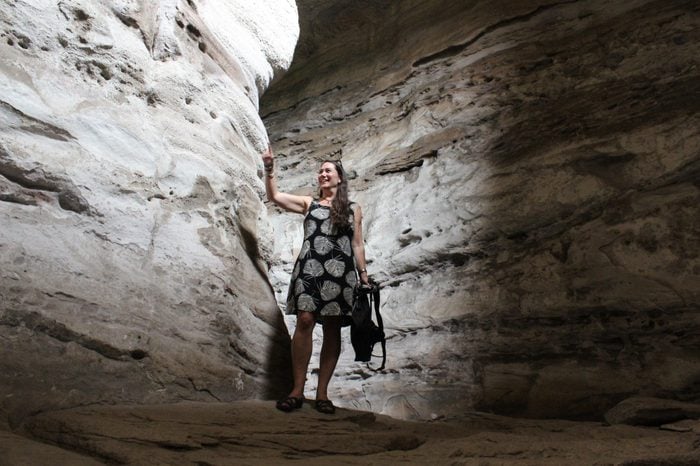
A passion for travel
I’ve been lucky enough to travel to 60 countries on every continent, save Antarctica. They’ve been large like China and tiny like Vatican City. Sometimes I go for in-depth visits of a month or more, and sometimes I’ve just had a small introduction, thanks to a Viking or Windstar cruise. There are none I wouldn’t go back to and several I love so much that I return regularly. I’m driven by the need to learn as much as possible about the world and the different histories and cultures that make it so rich. I aim to practice responsible tourism as much as possible, ensuring that the destinations’ economies, cultures, and environments are at least not made worse by my visit and perhaps made a little bit better.
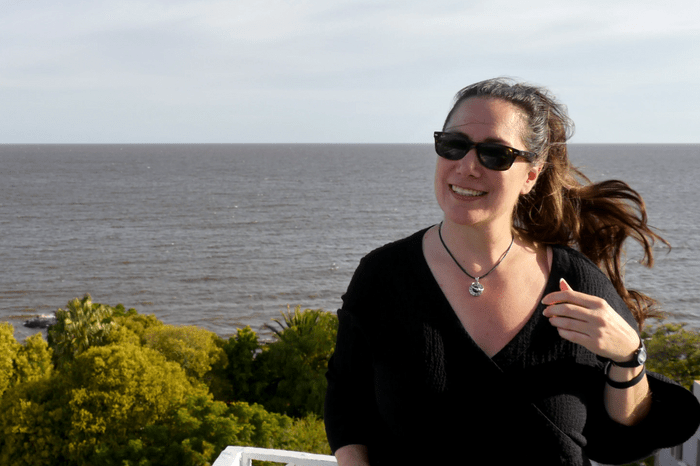
So many places to see!
My own country, Canada, is, of course, close to my heart. Mexico‘s coasts perpetually beckon, especially magical La Paz, where I swam with whale sharks and was amazed to have gray whales swim up to my boat to be petted. El Salvador surprised me, with its chic boutique hotels, fabulous surfing waves, and the volcano I climbed to peer into its mysterious sulfur-green crater lake. I was overwhelmed by the ancient artifacts at Tunisia‘s Bardo Museum and the welcome I felt visiting a month after the attack on that museum.
I was fascinated by Namibia‘s immense orange sand dunes, desert elephants, and the Himba people, who are still able to keep so many of their traditional practices. Uruguay enchanted me with its incredible food and some of the most helpful people on the planet (if you look like you need directions, often someone will walk you to your destination, happily sharing restaurant recs on the way). I’m also dreaming of a return visit to Ecuador‘s volcanoes and waterfalls and the biodiversity of the Galapagos Islands.
But of the 60 countries I’ve had the pleasure of visiting, the following six are the ones that changed me forever.
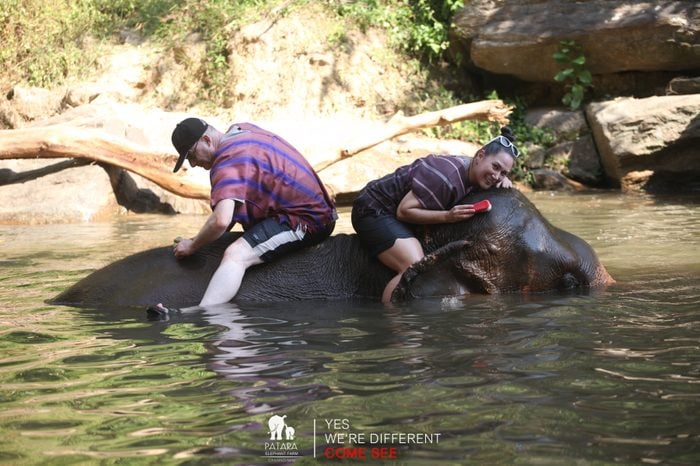
Thailand
Thailand feels like a second home to me. What’s not to love about a country with some of the world’s friendliest people, a respectful culture, vibrant cities, colorful temples, stunning beaches with top-notch scuba diving, green forests, ethical elephant tourism, and a ready supply of massages, not to mention one of the finest cuisines in the world?
On my latest trip, I fine-tuned my ability to request, in Thai, my favorite foods in the world: pad gra prao gai (stir-fried chicken with chili and holy basil) kai dhow (with a fried egg), preek song med (two chili spice level) kaa (saying it politely), and then nam sow wah roat (passion-fruit juice) kaa. I’m not sure which delights me more—ordering it correctly, making it myself thanks to my Thai cooking class, or devouring this mak a-roi (very delicious) food at every opportunity.
The Land of Smiles simply makes me smile. Thailand made this list of 15 of the best places to retire around the world, and I’m seriously considering it.
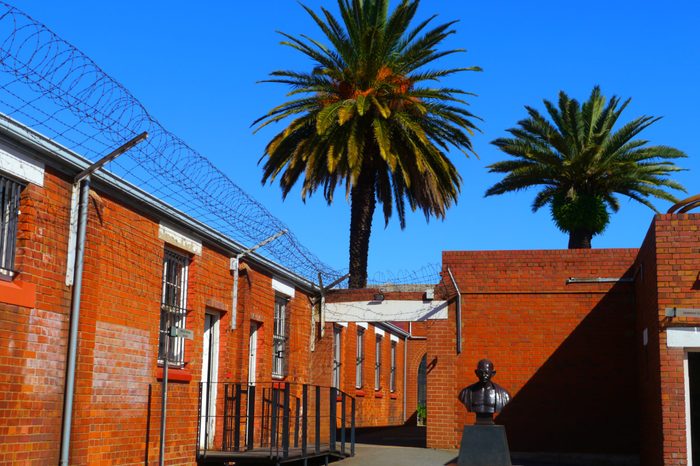
South Africa
My feelings for South Africa were cemented the first moment of my first trip. Stepping off the plane, the first thing I heard in the Johannesburg airport was my namesake song, Eddy Grant’s “Give Me Hope, Jo’anna.” Sure, the country’s wildlife, wine, food, views, and many cultures are spectacular, but it’s South Africa’s struggles and stand for human rights that really made their mark on me.
On my last visit, I had the opportunity to see many of the country’s 27 Madiba’s Journey sites. Named for Nelson Mandela’s clan and the respectful name many South Africans call him, these 27 sites commemorate Mandela and his fight for freedom, democracy, and the end of apartheid. Now more than ever, the world needs to remember the dangers of racism and not protecting human rights, and South Africa helps us do that.
Respect for human rights means so much to me that simply writing these words brings tears to my eyes. My tears flowed frequently in South Africa, both in sadness and in hope for the future, including at the Mandela Capture Site, outside the oceanside city of Durban. It’s where Mandela was finally arrested in 1962 after 17 months of evading capture. I had more tears at Robben Island, where Mandela spent much of his 27 years of imprisonment; at the highest court in the land, Johannesburg’s Constitutional Court, a former prison now dedicated to protecting human rights; and at Route 67 in Port Elizabeth, with its artwork commemorating the 67 years Mandela dedicated to bring freedom to South Africa. I hope you can soon see some of the Madiba’s Journey sites for yourself.
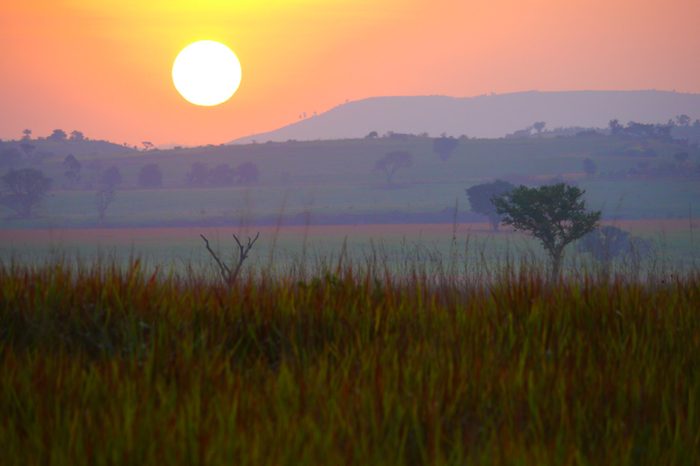
Uganda
The equatorial country of Uganda also makes my list. I loved sailing by the source of the River Nile and realizing the immensity of Lake Victoria. I saw my first hippos and chimpanzees in the wild, watched bicycles with immense loads of bananas, enjoyed Rolex sandwiches and the zippiest of ginger beers, and learned about the many cultures that make Uganda one of the most ethnically diverse countries in the world. I know that Uganda will never forget the reign of terror of Idi Amin in the 1970s and hope that the country will make significant progress in protecting LGBTQ rights.
It was a visit to Uganda’s Bwindi Impenetrable Forest that changed me forever. This is where more than half of the world’s mountain gorillas live. (There are only about 1,000 remaining, and the others are in neighboring Rwanda and the Democratic Republic of the Congo.) Mountain gorillas cannot survive in zoos, and responsible tourism to the region is essential for increasing their population.
Climbing through Bwindi (they don’t call it the Impenetrable Forest for nothing!) to come face-to-face with these intelligent animals was simply incredible. At one point, I sat stock-still as a mother and baby wandered close, preoccupied with their leafy lunch. The baby was as intrigued by me as I was by him, and he reached out a hand to touch my hair.
Later, I took a walking tour in a Batwa community (the traditional hunter-gatherer forest dwellers pejoratively called Pygmies). I learned just how important responsible tourism is for keeping both the gorillas and the people who live near them thriving. MSN republished my Fodor’s story describing both: Gorilla Spotting 101: How to See Mountain Gorillas in Their Natural Habitat.
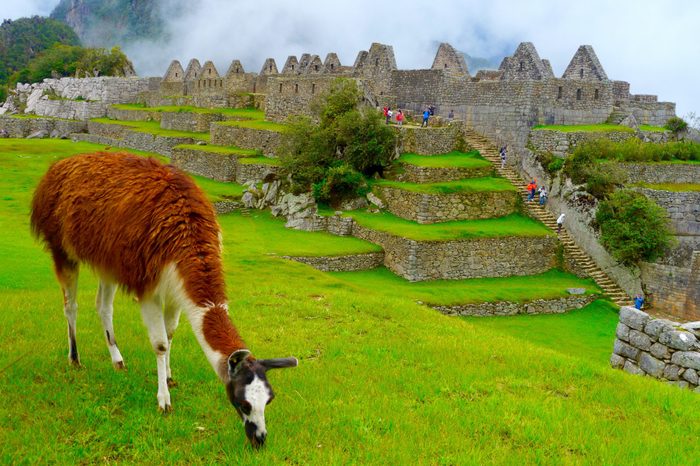
Peru
One of the drawbacks of traveling a lot is the risk of becoming blasé about yet another stunning view. However, the opposite is also true: When you see something truly stunning, you genuinely appreciate it. That’s how I felt at Machu Picchu in Peru.
It’s an extremely touristy spot, there are heaps of logistics to get there, and a lot of the advice on the best ways to do it is wrong. But when I finally arrived and first laid eyes on the ruins of this Incan citadel, I couldn’t stop the tears from leaking, blurring the llamas posing on the vivid green grass below me.
All of Peru’s Incan sites make the imagination soar. The engineering skill used to create the granite buildings is unbelievable. No mortar was used, and the precisely cut stones were placed so perfectly that a piece of paper can’t be inserted between them. The buildings are also earthquake-proof. And micro-climates created by tiered gardens and intricate drainage systems meant the Inca could, supposedly, grow 3,800 different types of potatoes. My brain still whirs wondering how the ancient stonemasons brought the immense blocks from neighboring mountains without, as National Geographic explains, the use of wheels, draft animals, or tools made from iron. The Spanish conquistadors never found Machu Picchu, and I wonder what other wonders Peru would still have intact had they never arrived.
Beyond the Incan ruins, Peru has the world’s highest navigable lake, complete with floating islands, the fantastic city of Lima, sandy beaches, and the Amazon, which I haven’t even seen yet. And I eat very well in Peru, feasting on more of my favorite foods—ceviche and maracuyá sours, an oh-too-easy-to-drink cocktail of passion fruit, lime, and Peru’s national liquor, pisco. It’s no wonder Peru is one of the most popular travel destinations in South America.
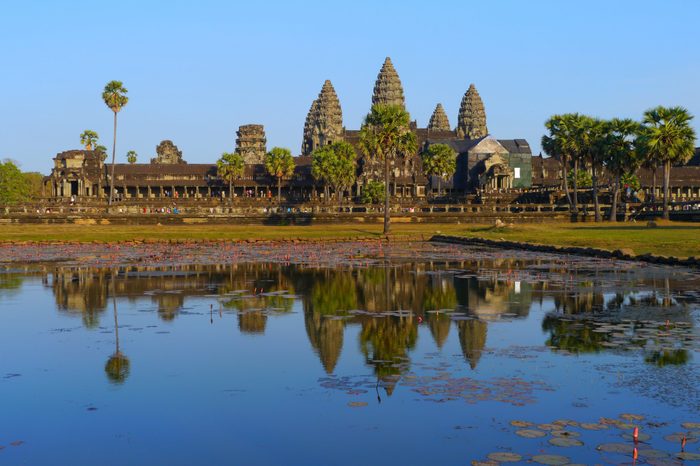
Cambodia
Other than Canada and the United States, I’ve spent more time in Cambodia than any other country in the world, a testament to how much the country affects me.
Like Peru, Cambodia has awe-inspiring ruins. The Angkor Archaeological Park is just a short tuk-tuk ride outside Siem Reap. In the 13th century, Angkor was the largest civilization in the world with more than a million residents. Like the Inca, the Khmer were master architects, creating not only massive and intricately carved temples but also a water-management system that ensured the civilization thrived for more than six centuries. I often imagine what Angkor would be like today if only the Khmer had been able to figure out the Roman arch.
As with South Africa and apartheid, Cambodia ensures I understand and remember how easily inequality can turn into the disintegration of human rights. I still can’t quite believe the atrocities that took place under Pol Pot’s Khmer Rouge, nor that they took place during my own lifetime.
But Cambodia gives me hope, personified in Hoeurn Somnieng, a man I met at a wat in Siem Reap. Then a high-ranking monk and now a public servant, he described for me how the traumas of the Khmer Rouge still affect Cambodians today, but how the smallest of helping hands—including those of responsible tourists—can help rebuild the nation.
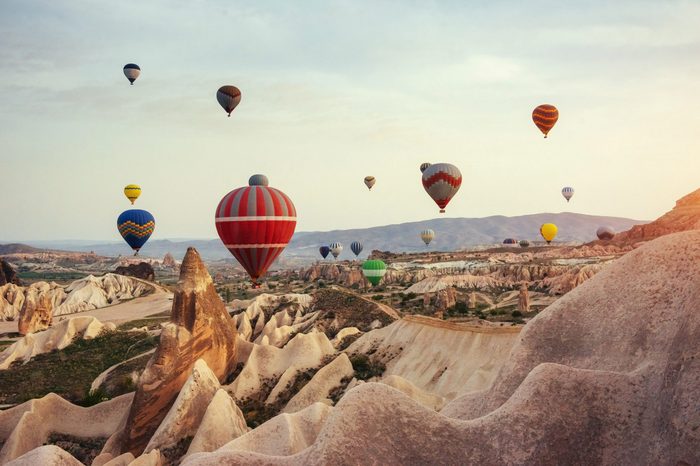
Turkey
And then there’s the country that started it all. I went to Turkey for my honeymoon. Up until then, I’d only been to destinations not too dissimilar from home—North America, a couple of Caribbean islands, and western Europe. Turkey entrenched in me my love for travel, especially in countries with languages, religions, and cultures different from my own.
Turkey’s hospitality impressed me first, with everyone welcoming us with tea, giving us gifts just because it was our honeymoon, and doing their best to forestall the need for us to eventually pay a bill for the always-delicious cherry tarts, fresh orange juice, pide, or seafood. Returning to one sidewalk café we loved, we reordered the squid, and only when we saw a young man bolt out of the kitchen and then return at a run with a small bag did we realize that Turkish hospitality means not disappointing a customer even if you’re sold out of something. Oh, and did you know you can order dishes off restaurant menus for the neighborhood cats?
Beyond its hospitality, Turkey also has stunning mosques, amazing ruins without the crowds of Greece, hot-air-balloon rides over the bizarre “fairy chimney” landscape of Cappadocia, underground cities to explore and marvel over, a spectacular turquoise coast, and one of the most gorgeous hot springs in the world. And it’s all topped off by the Turkish hammam—the unrivaled best of all the world’s hammams and spa treatments.
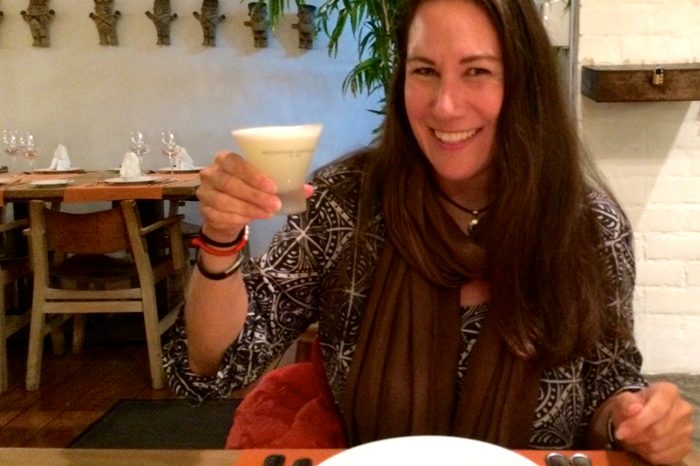
Where to next?
There are so many places I’ve yet to visit, and I’m so curious how my list of the countries that changed me forever will grow as I explore more of the world. But regardless of where I travel, I’ll do my best to be a responsible tourist. The first steps are easy, with things like choosing locally owned businesses, knowing (and paying) fair prices, learning about the destination’s cultural norms and etiquette, and knowing how to say a few words in local languages. I start with “hello,” “thank you,” and “it’s delicious,” and go from there. This list of how to say “hello” in 17 different languages is a great place to start.
